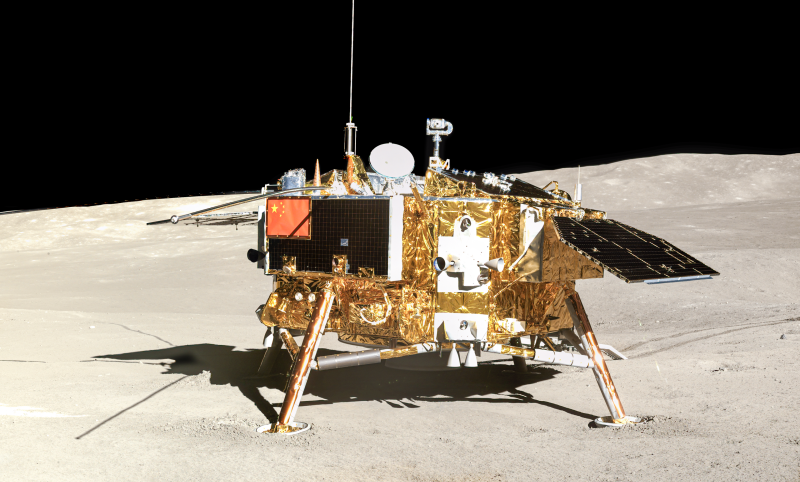Dawn Chan
Asian Futurism
Whether "Asian futurism" is inspired by China's recent sprouting of seeds on the moon, or by Japanese mecha anime, or even by Western sci-fi stories that imagine neon-lit Eastern metropolises pulsating with the electric energy of their cyborg denizens, the term "Asian futurism" expresses a notion that Asia is somehow linked up with what is yet to unfold.
To the extent that Asian futurism even has any meaning in the first place, it is necessarily fluid. It is deictic. It is defined by other things it is not. After all, the concept of "Asia"—the East—is too vast and far-reaching to be of much use at all, unless it is placed in binary relation to the equally vast West. Likewise, the "future" only makes any kind of sense if one can imagine it from the present.
As it is coined in English, the term Asian futurism echoes the morphology of another term already very much in play: Afrofuturism. These echoes perhaps pay homage to the Black artists, writers, musicians, and scientists whose work suggests that their people, by adopting or imagining futuristic technology with a sense of unfettered play, can forge an identity of their own that reckons with, and even transcends, the legacies of colonialism, enslavement, and forced diaspora.
But Asian futurism is necessarily shaped by very different factors. For those in Asia, identity is articulated more by nationalisms and cultural heritage than by any kind of pan-national affinity. Meanwhile, those who have left Asia have done so for myriad reasons and are not particularly unified, say, by a single chapter of traumatic and involuntary diasporation. When I previously wrote that "the myth of an Asian-inflected future has infiltrated imaginations worldwide," my words were written from the perspective of a Chinese-American art critic looking longingly across an ocean from afar. And from that vantage point, living among other people who see the similarities among Asian countries more than the differences, it is natural to start contemplating how Asia is seen—and how it must (first of all) be lumped together, carved out, pointed at, and interpolated to even be seen.
But as the thinking around Asian futurism grows in its own right, what becomes increasingly evident is that we must consider how the term might acquire flexibility and free itself from the paradox it encodes. In other words, we might start to consider how Asia could possibly take on categorical significance without necessarily existing in relation to the West.
To this end, Asian futurism could be "Asia futurism." Or it could be more. It could be linked to events that unfold on a landmass. Or it could observe the spread of culture around the globe. It would recognize the substance and weight of national identity while also seeing the potential in either pan-national or regional trade, affinity, and exchange. Perhaps most importantly, the term Asian futurism would acknowledge the limits of time and place, while remaining aware that conjecture and imagination are but two means of moving ahead, toward what is yet to come.

Katsuhiro Otomo, Akira, 1988, film, 124 mins

A cotton seedling growing in Chang'e 4 biosphere habitat.

Chang'e 4 landed on the surface of the Moon
By CSNA Siyu Zhang, Kevin M. Gill
Source: internet